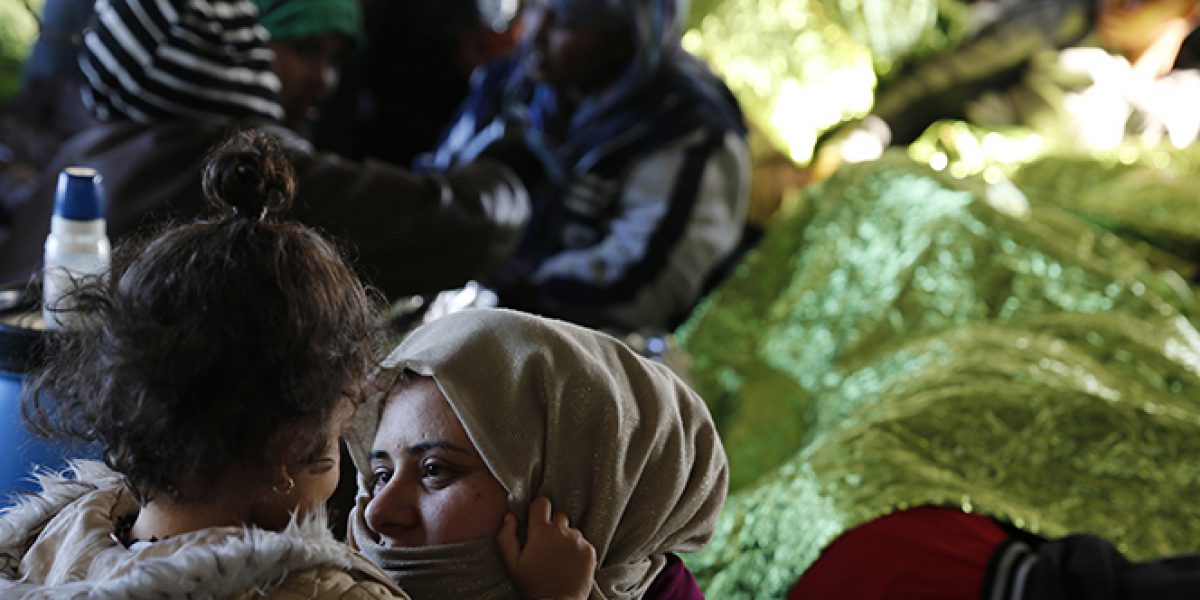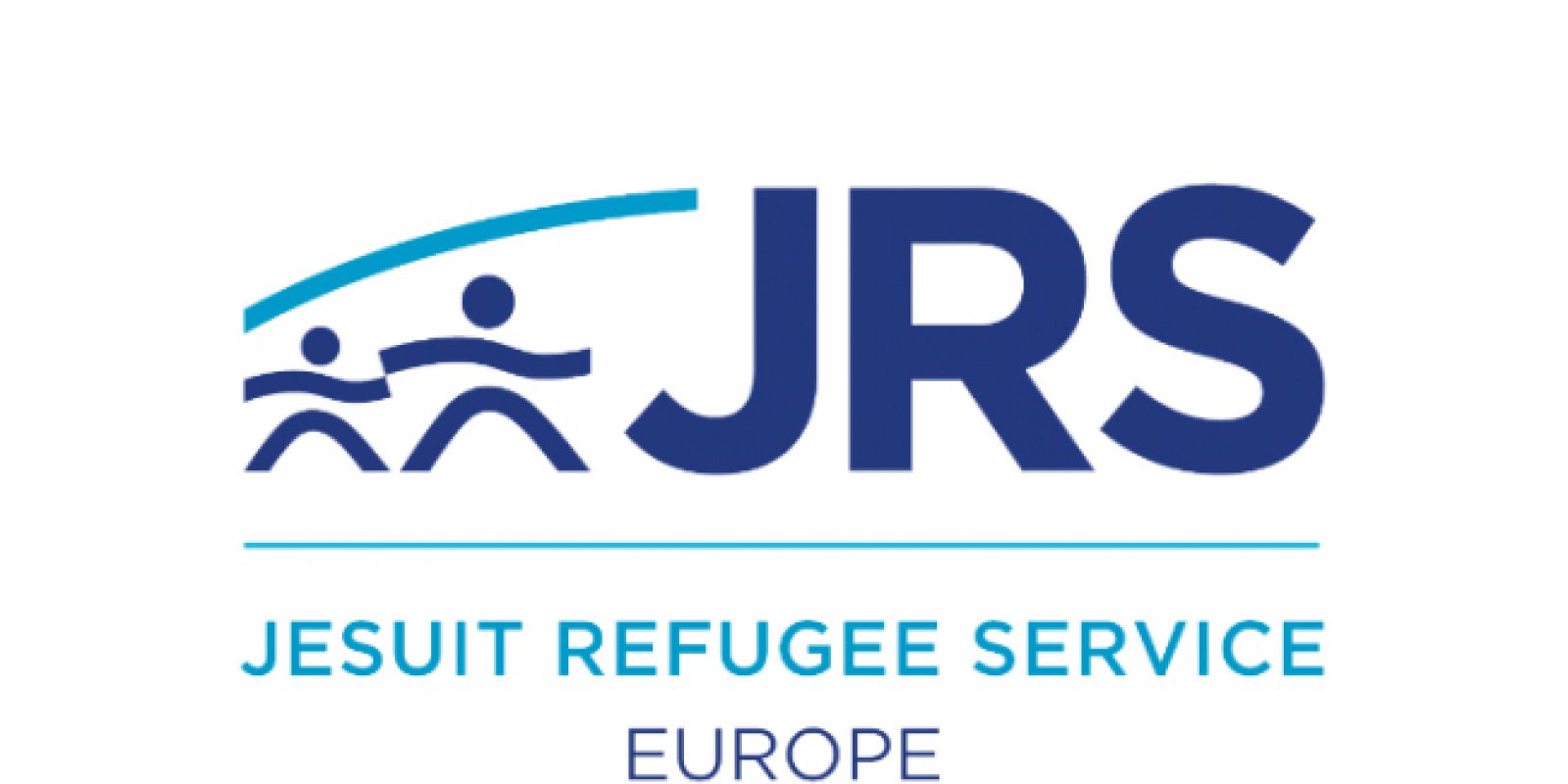
‘Saving lives at sea’ is a recurring goal behind the recent European initiatives in the field of asylum and migration. This goal has been used to justify far-reaching cooperation with countries with problematic human rights records, such as Turkey or Lybia, to prevent people from attempting to cross the sea.
What European countries deliberately choose to forget is that the journey at sea, as dangerous as it is, is only the last part of a much longer and equally dangerous journey. “If Europe truly wants to save people lives, the only solution is to open safe and legal pathways for people fleeing conflict and persecution,” says Claudia Bonamini, Policy and Advocacy officer at JRS Europe.
Risking one’s life at sea: the top of the iceberg
Faduma, a 20-year-old Somalian, left her country in May-June 2016 because of war and because she was forced to marry a man she did not want to, who raped and beat her. Her journey to Europe was extremely difficult.
She had little or no food and water. She couldn’t shower; she was beaten. She had fallen ill in the Sahara Desert and had no medications. Smugglers abused and exploited her for everything she had. “They took a lot of money from us. In Khartoum, a lot of people came together to travel, and money was taken away from them. I crossed the Sahara in a car with 20 other people,” she recalled.
While in Libya, Faduma lived in a small space with hundreds of people crammed together, where they would eat and sleep. She paid for food with money her family transferred to her from Ethiopia. The beatings were the toughest part of her journey: “[The smugglers] used to beat us. They took our money and I didn’t have any left. In total, they took $10,000 [from me] in Khartoum and in Libya. In Libya, girls were raped… if you didn’t pay, you didn’t get any food. And that’s when I was beaten in Libya. There was no one who was free. You were owned by someone. When you give that person money, they find someone who can put you on a boat. There was no freedom.”
Faduma left Libya at night. She and the others in the boat – which was just a plastic inflatable – were at sea for around five hours. A radio was on board, but it did not work properly. “It was cold, and the water was very rough,” she remembered. “And then the boat came. It had an Italian flag. There were officers on the boat. They rescued all of us. We were 130 people, 30 were Somali. Some of the people were dying.” Faduma had fallen very ill during her voyage and had to be airlifted to Malta by helicopter for treatment.
The story of Faduma is only one example of the difficult journeys that people interviewed by JRS for the report “Forgotten at the gates of Europe” reported. Like many others, Faduma’s experience shows that the actual moment of entry into Europe, crossing the sea or jumping a fence, is just a small part of a much longer and dangerous journey.
When Europe countries concentrate all their efforts in preventing people from crossing the EU’s external borders, they should also ask themselves where they are forcing these people to remain.
Need for safe and legal pathways
So far, European actions may have achieved the goal of reducing the numbers of arrivals in Europe, but certainly did not achieve the goal of saving lives. In the first seven months of 2018 almost 1500 people died or went missing in the Mediterranean Sea.
For European policies that do actually save lives, JRS Europe recommends EU and national policy makers to:
Refrain from shifting responsibility for refugee protection outside the EU by utilising agreements such as the EU-Turkey statement or the Italy-Libya bilateral Memorandum of Understanding. Such agreements are both legally and morally questionable, and they either force people to take greater risk to reach Europe or keep them in situations where their human rights are violated.
Ensure access to Europe for people seeking protection by providing safe and legal pathways that provide alternatives for people who would otherwise embark on life-threatening journeys. In particular, EU Member States should:
– Considerably increase resettlement commitments
– Adopt generous family reunification policies
– Provide a clear legal EU framework on the use of humanitarian visas
– Facilitate access to other legal pathways, such as student or workers’ visas, for people seeking protection

